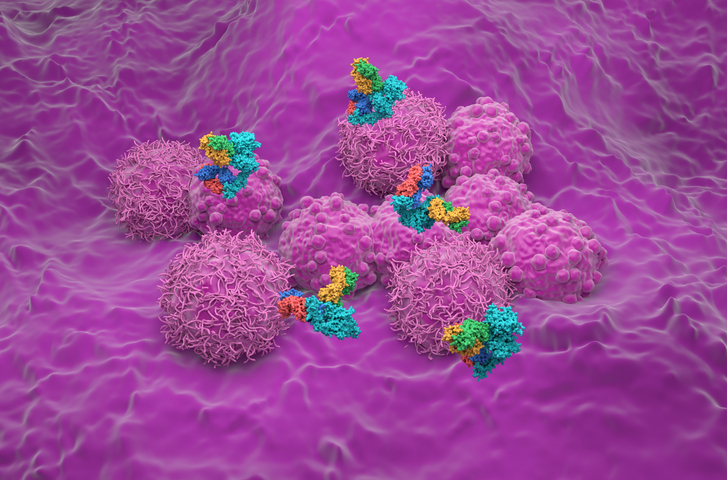Trastuzumab deruxtecan (Enhertu) followed by paclitaxel, trastuzumab, and pertuzumab (THP) significantly improved pathologic complete response (pCR) compared with standard neoadjuvant chemotherapy in patients with high-risk HER2-positive early-stage breast cancer, according to results from the DESTINY-Breast11 phase III trial.
These positive high-level findings mark the first phase III evidence supporting use of trastuzumab deruxtecan to treat early breast cancer. Pathologic complete response, the trial’s primary end point, was significantly more frequent in the arm in which trastuzumab deruxtecan was followed by THP compared with the standard-of-care regimen of dose-dense doxorubicin and cyclophosphamide followed by THP (ddAC-THP).
Although event-free survival (EFS) data were not mature, early signals favored trastuzumab deruxtecan followed by THP, and continued monitoring of EFS is underway.
“Enhertu is already an important treatment option in the metastatic setting, and these data have the potential to allow this medicine to move into early stages of disease where cure is possible,” said Susan Galbraith, executive vice president, Oncology R&D at AstraZeneca.
Ken Takeshita, MD, global head of R&D at Daiichi Sankyo, added, “These topline results from DESTINY-Breast11 demonstrate that Enhertu followed by THP could offer patients with HER2-positive breast cancer a promising new treatment approach prior to surgery, setting more patients on a path towards a potential cure.”
The DESTINY-Breast11 trial enrolled 927 patients with high-risk, locally advanced, or inflammatory HER2-positive early breast cancer across sites in Asia, Europe, North America, and South America. Patients were randomized to receive trastuzumab deruxtecan monotherapy, trastuzumab deruxtecan followed by THP, or the standard ddAC-THP regimen. The trastuzumab deruxtecan monotherapy arm was closed early based on an interim efficacy review.
Trastuzumab deruxtecan followed by THP also demonstrated an improved safety profile. No new safety signals were reported, and rates of interstitial lung disease were similar between the trastuzumab deruxtecan–based and standard treatment arms, according to an independent adjudication committee.
